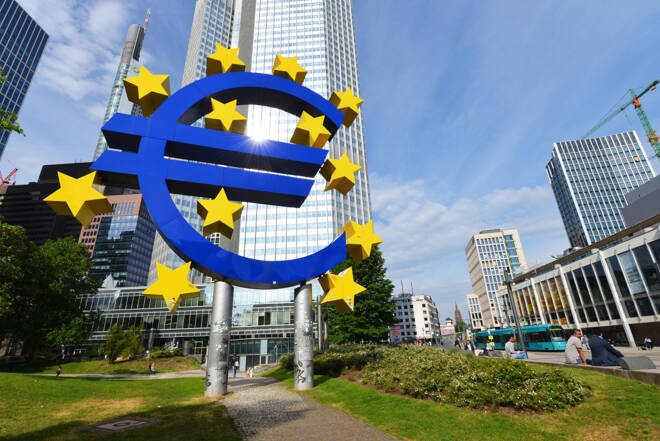Advertisement
Advertisement
Lagarde Outlines Europe’s Path Through Global Economic Shifts
By:
Lagarde underscores Europe's challenges in deglobalization and need for 620 billion euros annually for a green transition and unified market.
Highlights
- Lagarde discusses Europe’s critical economic crossroads.
- Major investments needed for digital and green transitions.
- Proposed CMU to reshape Europe’s financial landscape.
Navigating Europe’s Economic Future: Lagarde’s Insight
European Central Bank President Christine Lagarde said on Friday the critical juncture Europe is facing, with challenges such as deglobalization, shifting demographics, and the urgent need for decarbonization. During her address at the European Banking Congress, Lagarde emphasized the potential fragmentation of the global economy into competing blocs, underlining the need for strategic adjustments in Europe.
Demographic Shifts and Climate Concerns
Lagarde pointed out that Europe is expected to see a decline in its working-age population starting as early as 2025, alongside increasing climate disasters. These changes necessitate a “generational effort” in terms of investment and innovation. She underscored the need for Europe to adapt its supply chains to be safer, more efficient, and geographically closer, in response to new trade barriers.
Digitalization and Green Transition
The shift towards digitalization and the green transition were highlighted as critical areas for investment. Lagarde estimated that the EU’s green transition requires an additional investment of 620 billion euros annually until 2030, with another 125 billion euros per year needed for digital transformation. These significant investments aim to enable Europe to maintain productivity with a shrinking workforce and to advance its environmental goals.
Financial Challenges and Solutions
Addressing financial constraints, Lagarde noted the high debt levels of governments since World War II and the impending end of European recovery funding in 2026. She stressed the vital role of banks but cautioned against overburdening them with risks. This brings into focus the proposed capital markets union (CMU), aiming to create a unified market for capital in Europe, similar to the U.S. model.
The Capital Markets Union Prospect
The ongoing discussions about the CMU envision a single market that facilitates the free flow of investments and savings across the EU. This initiative is expected to benefit consumers, investors, and companies throughout Europe, irrespective of their location. The goal is to create a more integrated, efficient, and resilient European financial system to support the continent’s economic transformation.
About the Author
James Hyerczykauthor
James Hyerczyk is a U.S. based seasoned technical analyst and educator with over 40 years of experience in market analysis and trading, specializing in chart patterns and price movement. He is the author of two books on technical analysis and has a background in both futures and stock markets.
Advertisement
